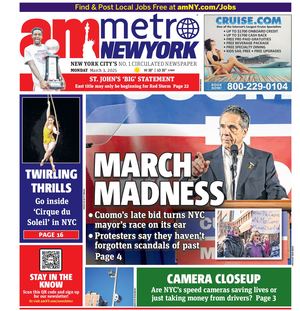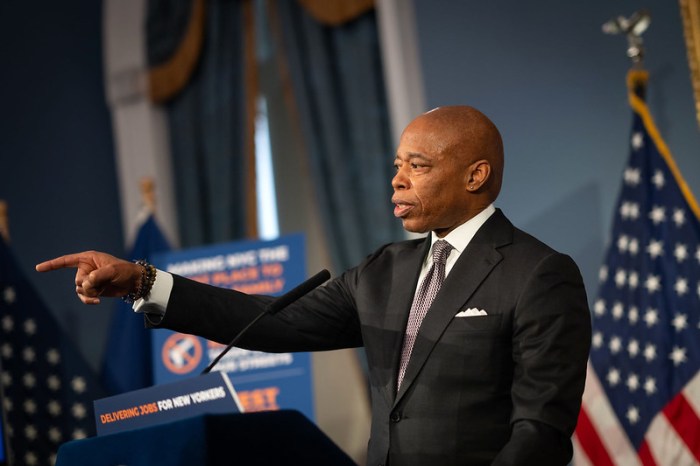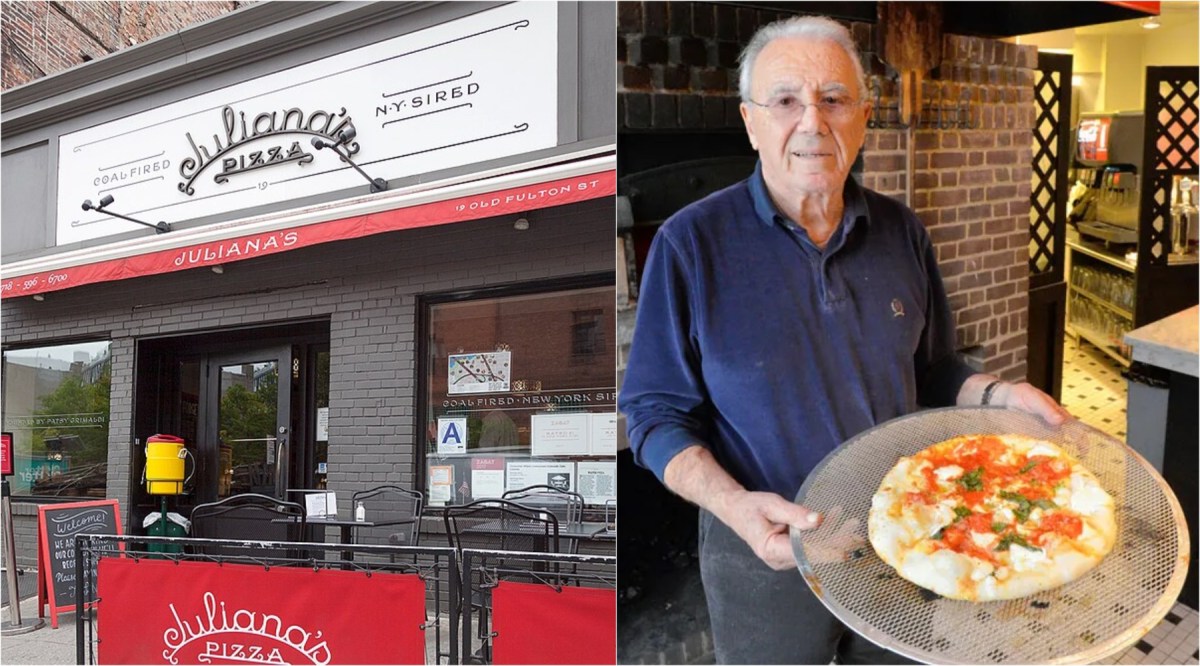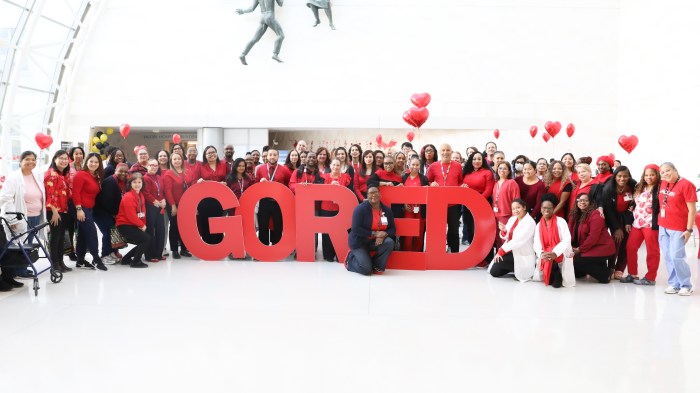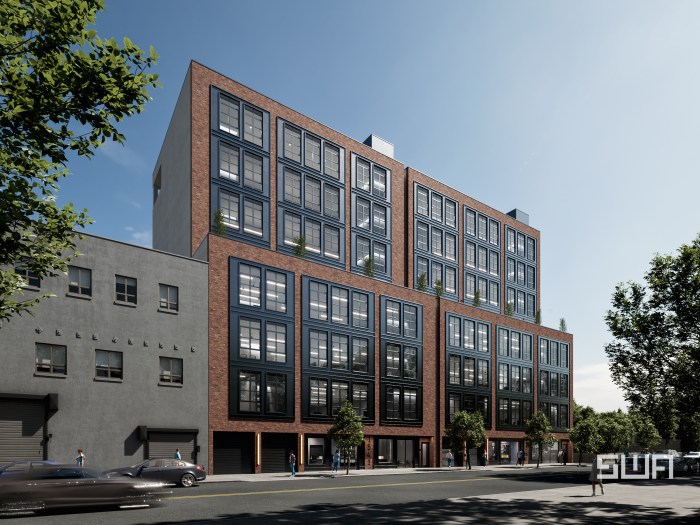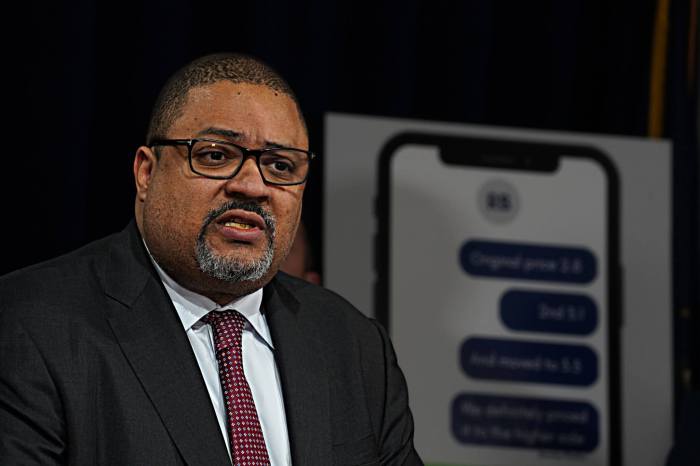
Mayor Bill de Blasio launched a promising initiative this summer to modernize the city’s aging freight-distribution network. But what’s most exciting about the announcement is that it wasn’t a pure infrastructure play: it was a jobs plan.
Spurring new middle-class jobs while tackling the city’s enormous infrastructure needs is the right idea, but it shouldn’t stop there. Not when so many other pieces of critical urban infrastructure are in an urgent state of disrepair. In fact, the mounting needs of an aging city should not be viewed as a burden. Upgrading NYC’s infrastructure is both essential for the city’s continued safety and vibrancy, and an effective option to generate much-needed middle-income jobs.
There’s certainly no shortage of critical infrastructure needs. The subways need billions to modernize decades-old systems. Across the city, public housing is crumbling. Last year, there were more than 425 water main breaks, and 144 of the city’s bridges were found to be structurally deficient. Nearly half of NYC’s small businesses lack access to gigabit-speed broadband service.
But that just scratches the surface. The average NYC park is 73 years old, the average sewer main is roughly 84 years old, and structures from public hospital buildings and schools to libraries are all well over the half-century mark. Systematically addressing these needs could generate work for thousands of New Yorkers.
Funding the city’s unmet capital needs won’t be easy, but there are options. The city and state should get behind the FixNYC congestion pricing plan, which could generate up to $1.1 billion annually to invest in revitalizing the city’s ailing subway and bus systems. Expanding the city’s Parking Lot Stormwater Fee Pilot Program could help pay for upgrades to water infrastructure. Likewise, a small surcharge on sporting event tickets, marina dockage, or greens fees at golf courses could fund infrastructure upgrades in the city’s parks.
With so many infrastructure needs, a new public infrastructure program will have to tackle the exorbitant cost and lengthy delays that plague the city’s capital construction process and the MTA.
A 2017 report by the Center for an Urban Future found that the median cost to build a new library or cultural center in the city is about $930 per square foot — more than building a five-star hotel. Mayor de Blasio and Commissioner of the Department of Design and Construction Lorraine Grillo should make reforming this dysfunctional system a top priority.
By most measures, NYC is thriving. But a lack of accessible, well-paying jobs means that many New Yorkers still struggle to make ends meet. An ambitious plan to revitalize public infrastructure can provide a path to upward mobility for thousands of New Yorkers, while laying the foundation of a stronger city for decades to come.
Jonathan Bowles is executive director of the Center for an Urban Future. Winston C. Fisher is co-chair of the New York City Regional Economic Development Council.
